Bias-Variance Tradeoff: The Key to Building Generalizable Models
One of the fundamental challenges in machine learning is balancing bias and variance to create models that generalize well to unseen data. If a model is too simple, it may fail to capture important patterns in the data, leading to high bias (underfitting). On the other hand, if a model is too complex, it may memorize noise and variations in the training data, resulting in high variance (overfitting). This dilemma is known as the bias-variance tradeoff.
In this blog, we will explore bias and variance, understand their impact on model performance, and discuss strategies to achieve the right balance for building robust machine-learning models.
Understanding Bias and Variance in Machine Learning
1. What is Bias?
Bias refers to the error introduced by approximating a real-world problem with a simplified model. High bias means that the model makes strong assumptions about the data and may fail to learn key relationships.
Characteristics of High Bias Models:
- Oversimplifies the data
- Ignores important patterns
- Performs poorly on both training and test sets
Example of High Bias: Consider using linear regression to model a complex nonlinear relationship. The model may fail to capture the curvature and relationships in the data, leading to underfitting.
Mathematical Representation: The error due to bias can be expressed as:


2. What is Variance?
Variance refers to the model’s sensitivity to fluctuations in the training data. A high-variance model captures noise in the dataset, leading to poor generalization.
Characteristics of High Variance Models:
- Overly complex models
- Captures noise instead of actual patterns
- Performs well on training data but poorly on unseen test data
Example of High Variance: Using a high-degree polynomial regression on a dataset may lead to excessive curve fitting, causing the model to perform poorly on new data.
Mathematical Representation: Variance is given by:

which measures the variability of model predictions.
Bias-Variance Tradeoff Explained with Examples
1. The Tradeoff Concept
The bias-variance tradeoff states that reducing bias often increases variance and vice versa. The goal is to find an optimal balance where the model captures important patterns while avoiding overfitting.
Illustration:
- High Bias, Low Variance: A simple model like linear regression that generalizes but underfits.
- Low Bias, High Variance: A complex model like deep neural networks that overfits to training data.
- Optimal Balance: A model that captures key patterns without memorizing noise.
2. Real-Life Analogy
Imagine you are learning to shoot arrows at a target:
- High Bias: All arrows land far from the center in a consistent pattern.
- High Variance: Arrows land all over the target with no consistent pattern.
- Optimal Model: Arrows cluster around the target’s center with slight variation.
How to Reduce High Bias (Underfitting)
When a model has high bias, it lacks complexity and cannot capture key relationships in the data. Here’s how to address underfitting:
1. Increase Model Complexity
- Move from linear regression to polynomial regression.
- Use more sophisticated models like decision trees or neural networks.
2. Train for a Longer Duration
- For deep learning, increase the number of epochs.
- Allow models to learn from the data longer.
3. Reduce Regularization
- L1/L2 regularization penalizes complexity, but too much can cause underfitting.
- Reduce lambda (penalty term) in models like Ridge and Lasso regression.
4. Improve Feature Engineering
- Add more relevant features that provide meaningful insights.
- Transform data using polynomial features or interactions.
5. Increase Training Data
- More diverse data helps models learn better representations.
- This is particularly useful in neural networks and deep learning.
How to Reduce High Variance (Overfitting)
When a model has high variance, it becomes too sensitive to training data. Here’s how to address overfitting:
1. Apply Regularization
- Use L1 Regularization (Lasso Regression) to remove irrelevant features.
- Use L2 Regularization (Ridge Regression) to reduce large coefficients.
- For deep learning, use Dropout to randomly disable neurons.
2. Use Cross-Validation
- k-Fold Cross-Validation ensures model performance is validated across multiple data splits.
- Helps detect overfitting early in training.
3. Prune Decision Trees
- Remove unnecessary branches to reduce complexity.
- Use post-pruning to improve generalization.
4. Reduce Model Complexity
- If using high-degree polynomials, try a lower degree.
- In neural networks, reduce the number of layers and neurons.
5. Use More Training Data
- More data helps the model generalize better and reduces variance.
- Data Augmentation can be used for images and text datasets.
Role of Training Data Size in Bias-Variance Tradeoff
Training data size plays a crucial role in managing the bias-variance tradeoff:
1. Small Dataset Challenges
- High variance due to lack of generalization.
- The model may memorize training data and fail on test data.
2. Large Dataset Benefits
- Helps reduce variance by exposing the model to more patterns.
- Reduces overfitting, especially for deep learning models.
3. Data Augmentation
- If more data isn’t available, augment it using transformations (image/text-based).
- Helps improve model generalization and mitigate overfitting.
Finding the Optimal Balance
Achieving the best tradeoff requires experimentation. Some practical steps include:
- Using learning curves to analyze performance.
- Performing hyperparameter tuning (e.g., adjusting regularization strength).
- Applying ensemble learning (bagging, boosting) to reduce variance.
Key Takeaways:
Understanding and managing the bias-variance tradeoff is critical for building machine learning models that generalize well. A well-balanced model should:
- Have a low bias to capture meaningful patterns.
- Have low variance to generalize to unseen data.
- Use proper training techniques to optimize learning.
By leveraging techniques such as regularization, cross-validation, and feature engineering, we can create models that perform well across different datasets. Balancing bias and variance is the key to achieving high model accuracy and reliability in real-world applications!
Next Blog- Grid Search and Random Search for Hyperparameter Tuning
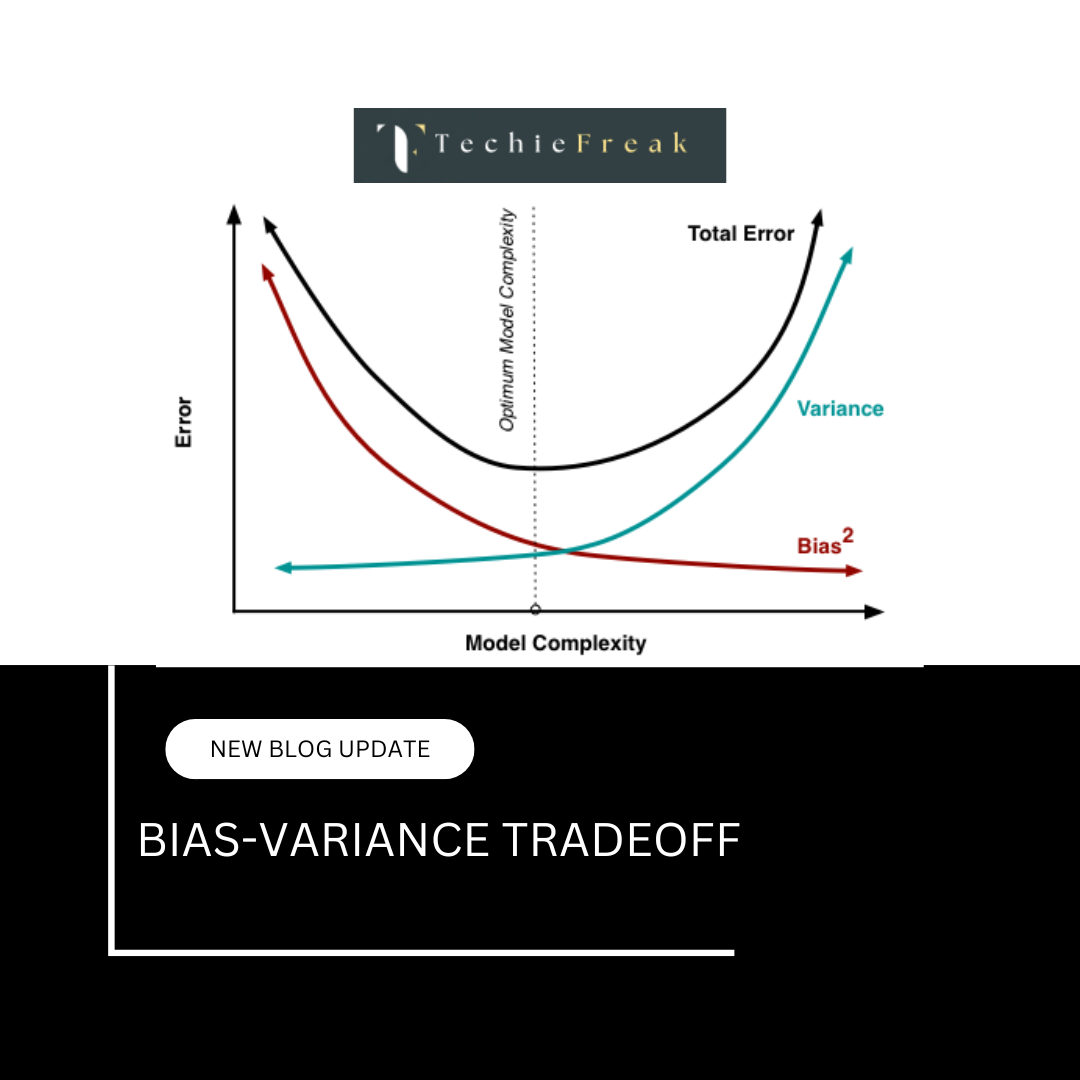
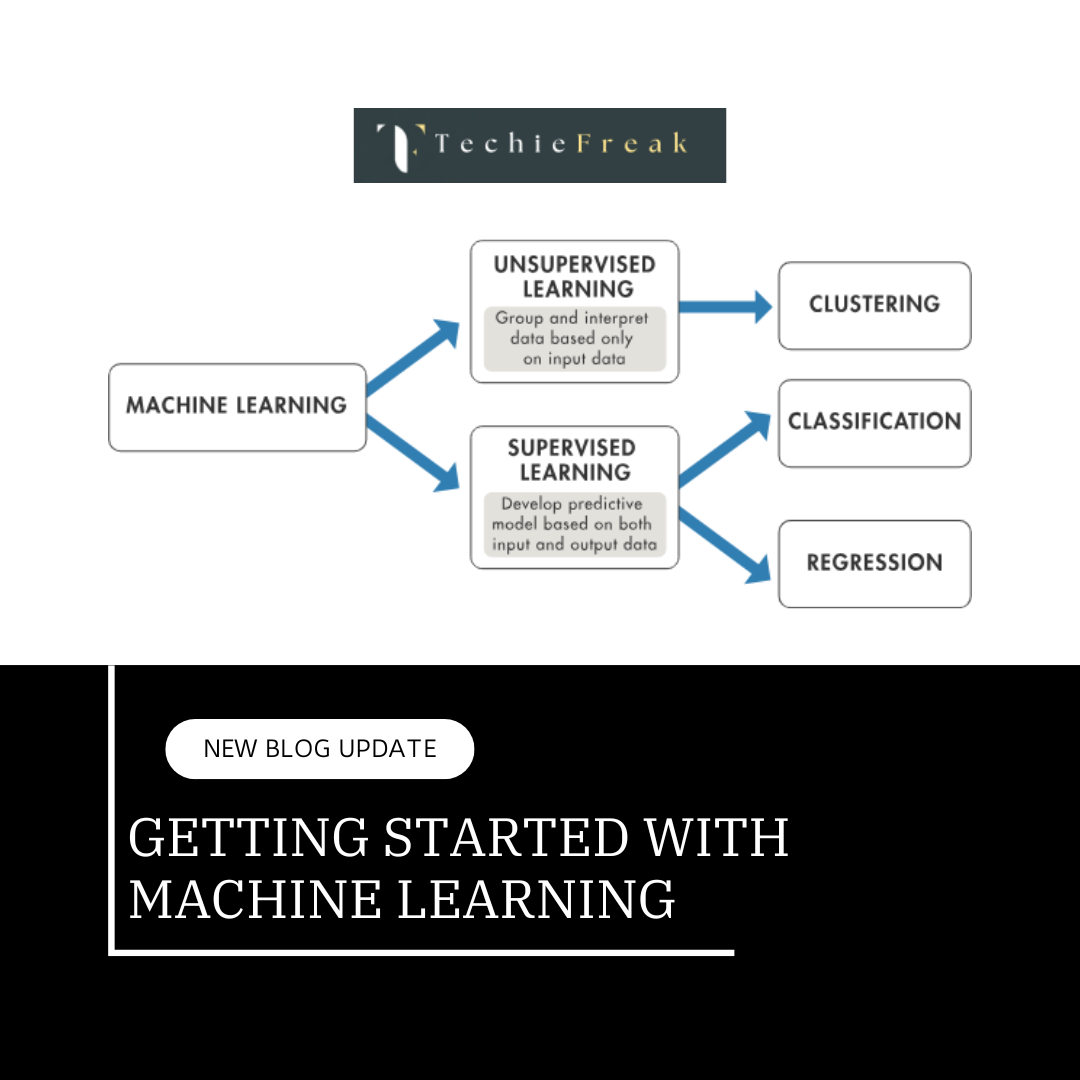
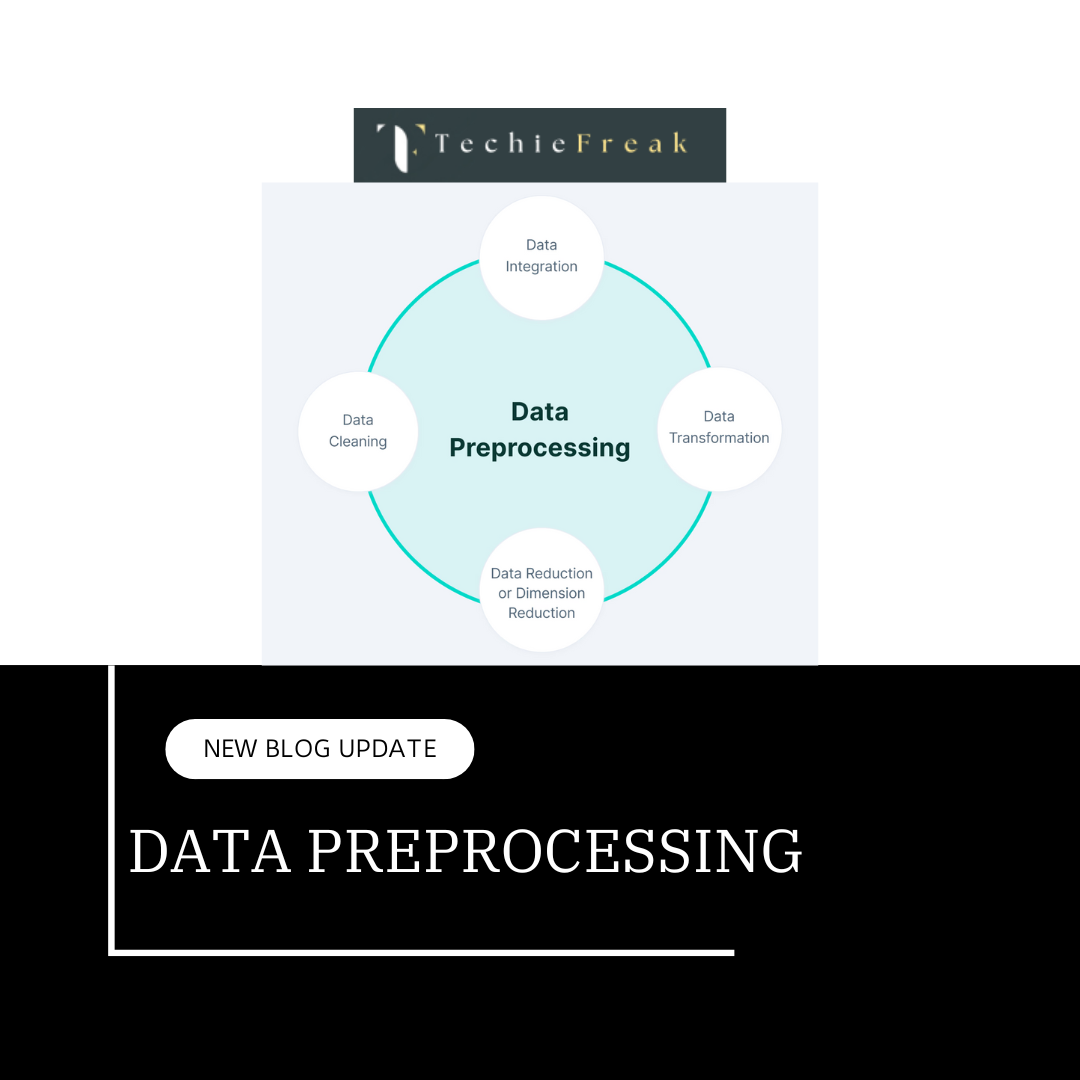
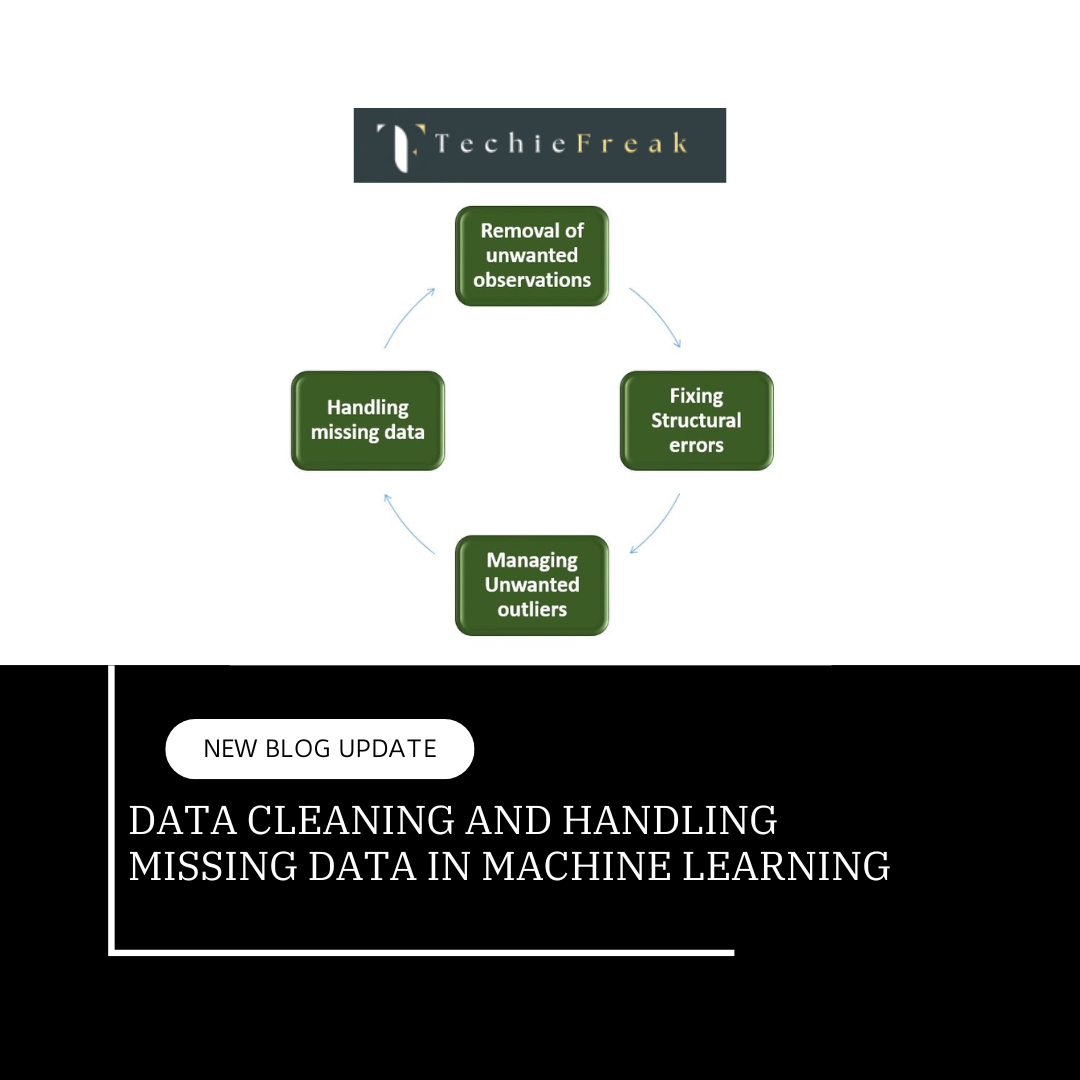
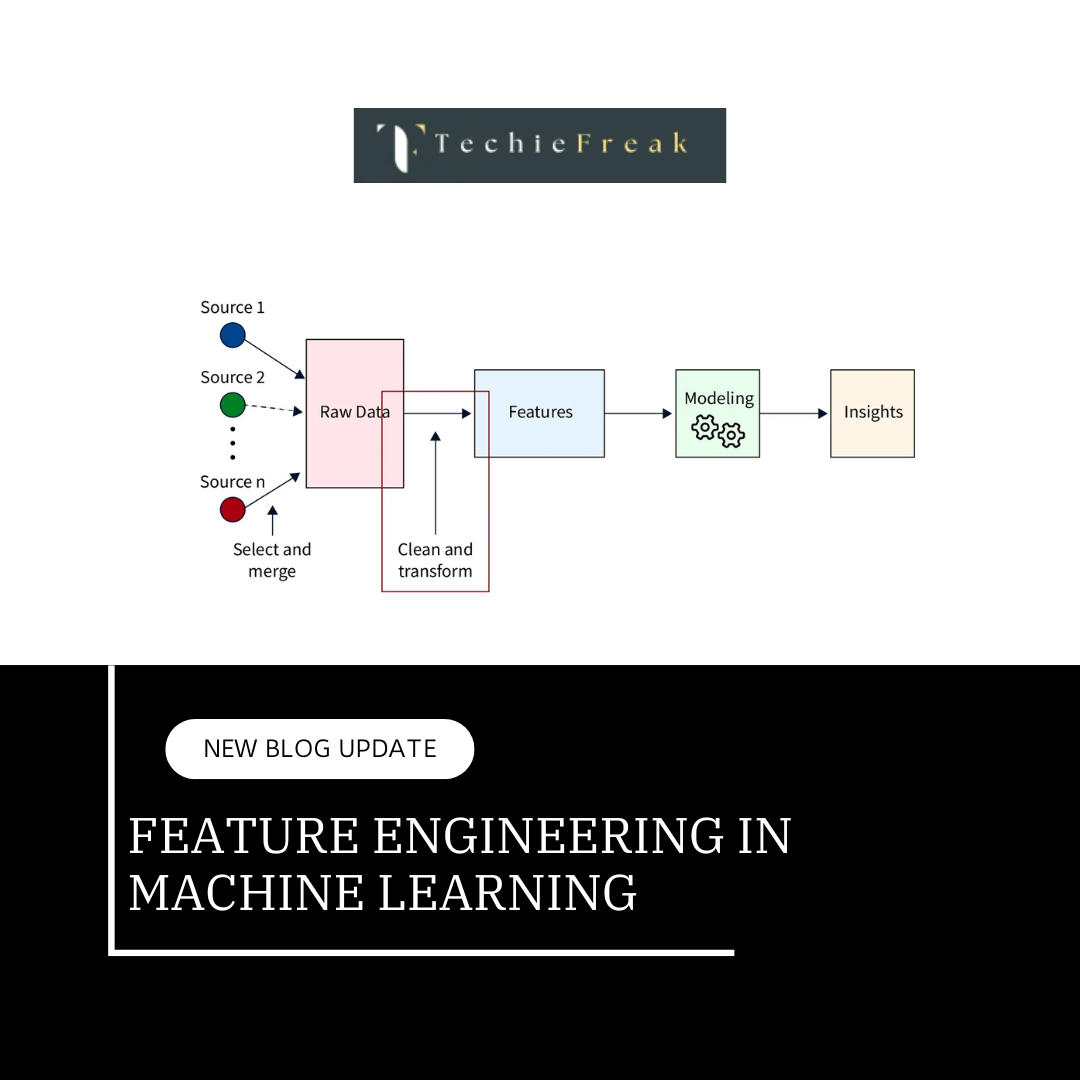
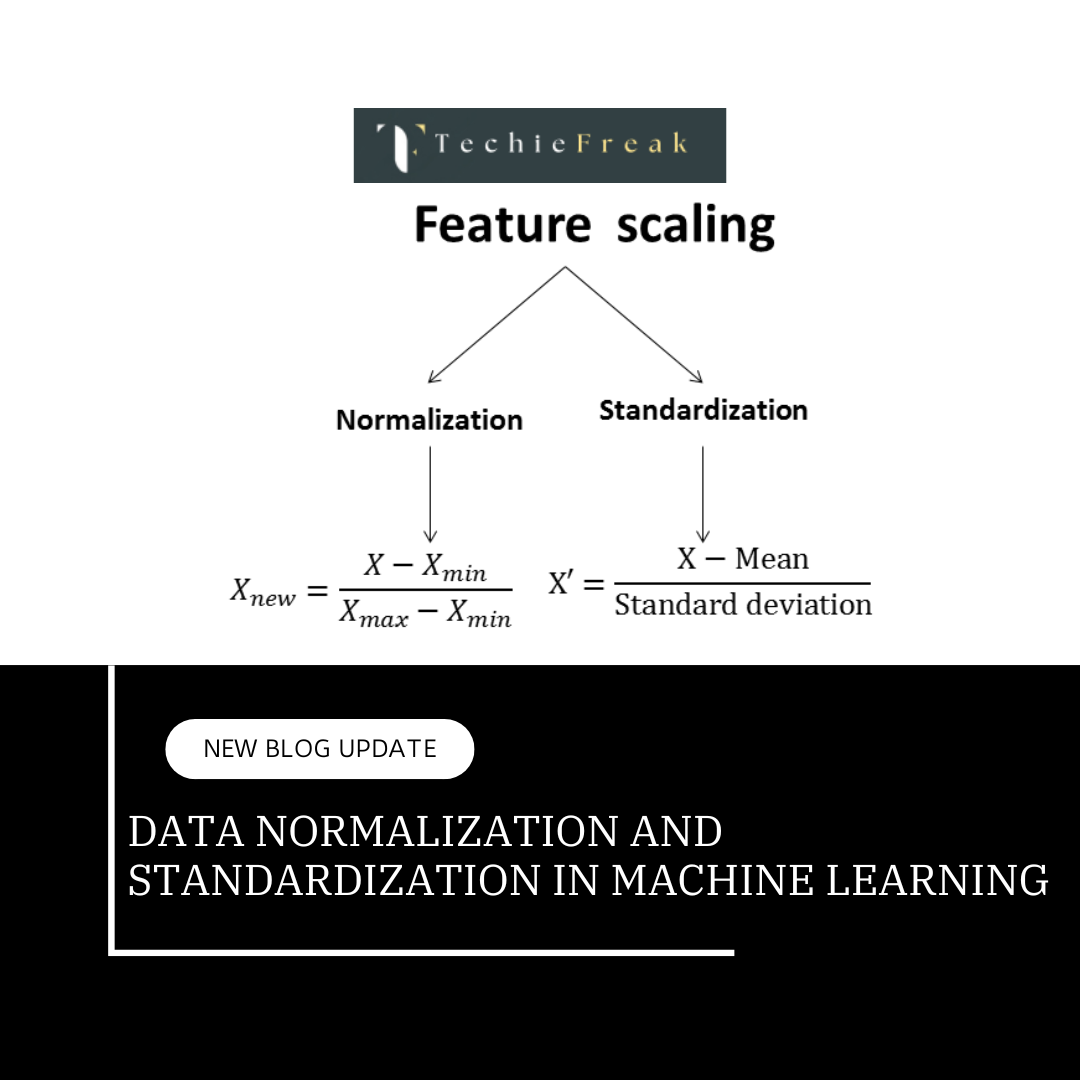
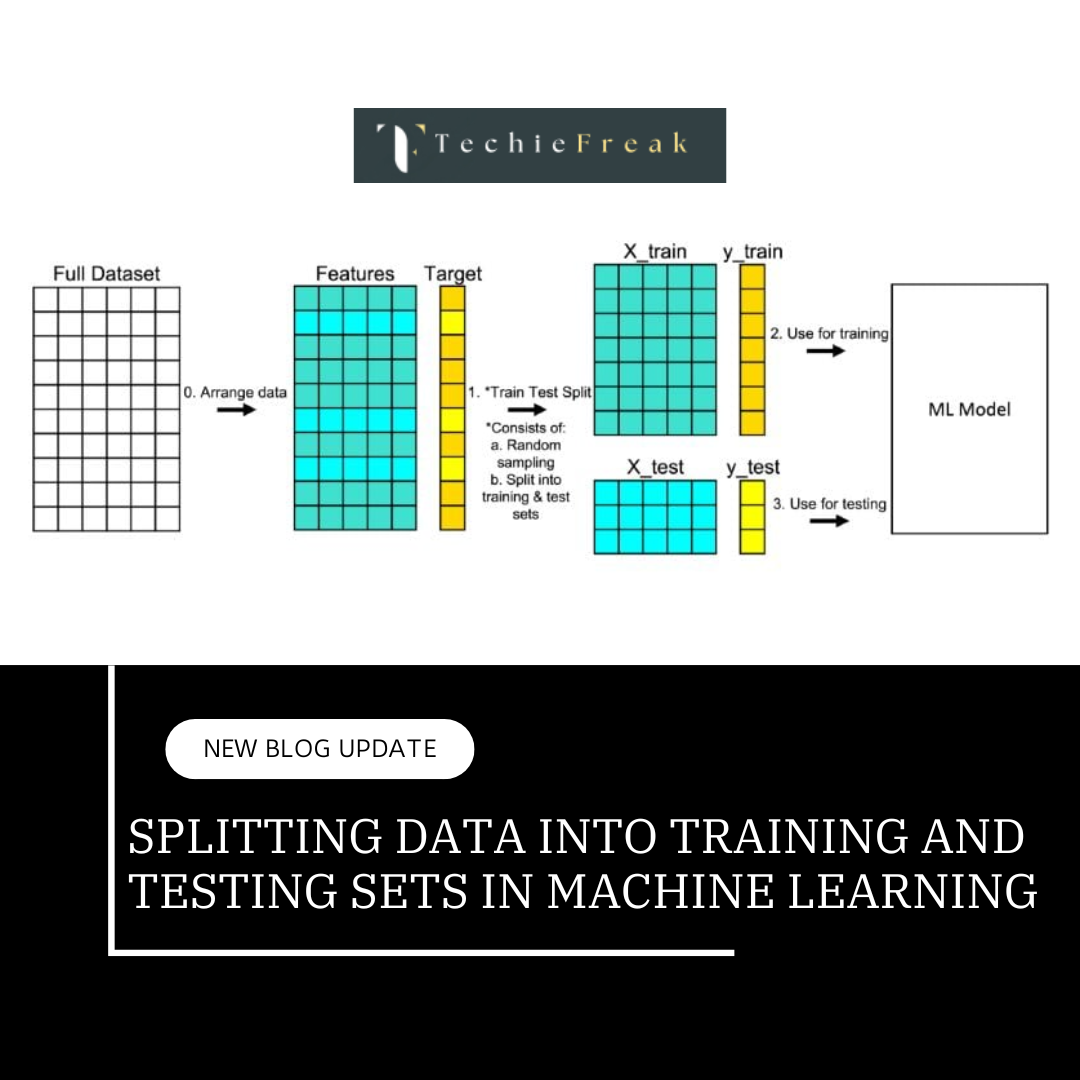
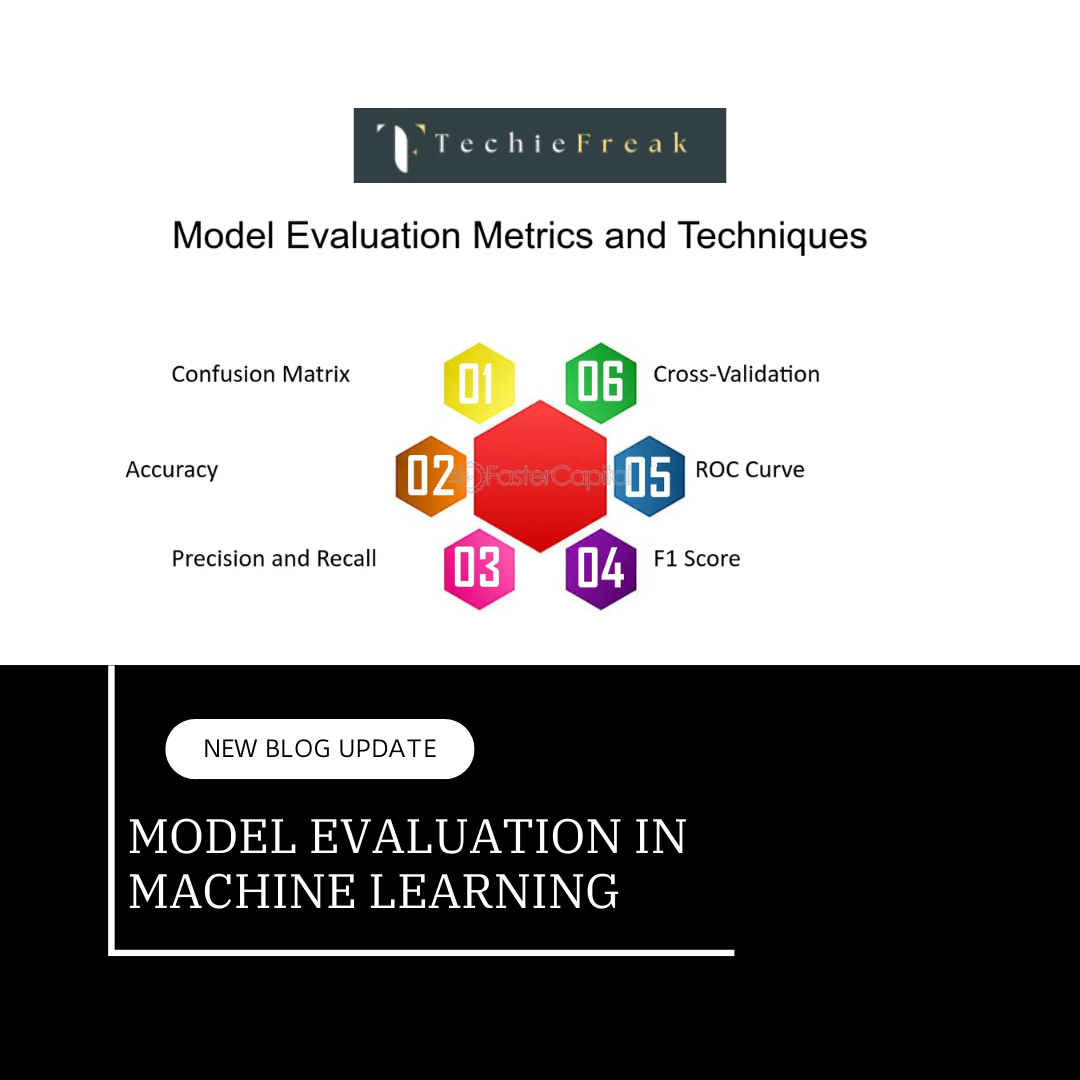
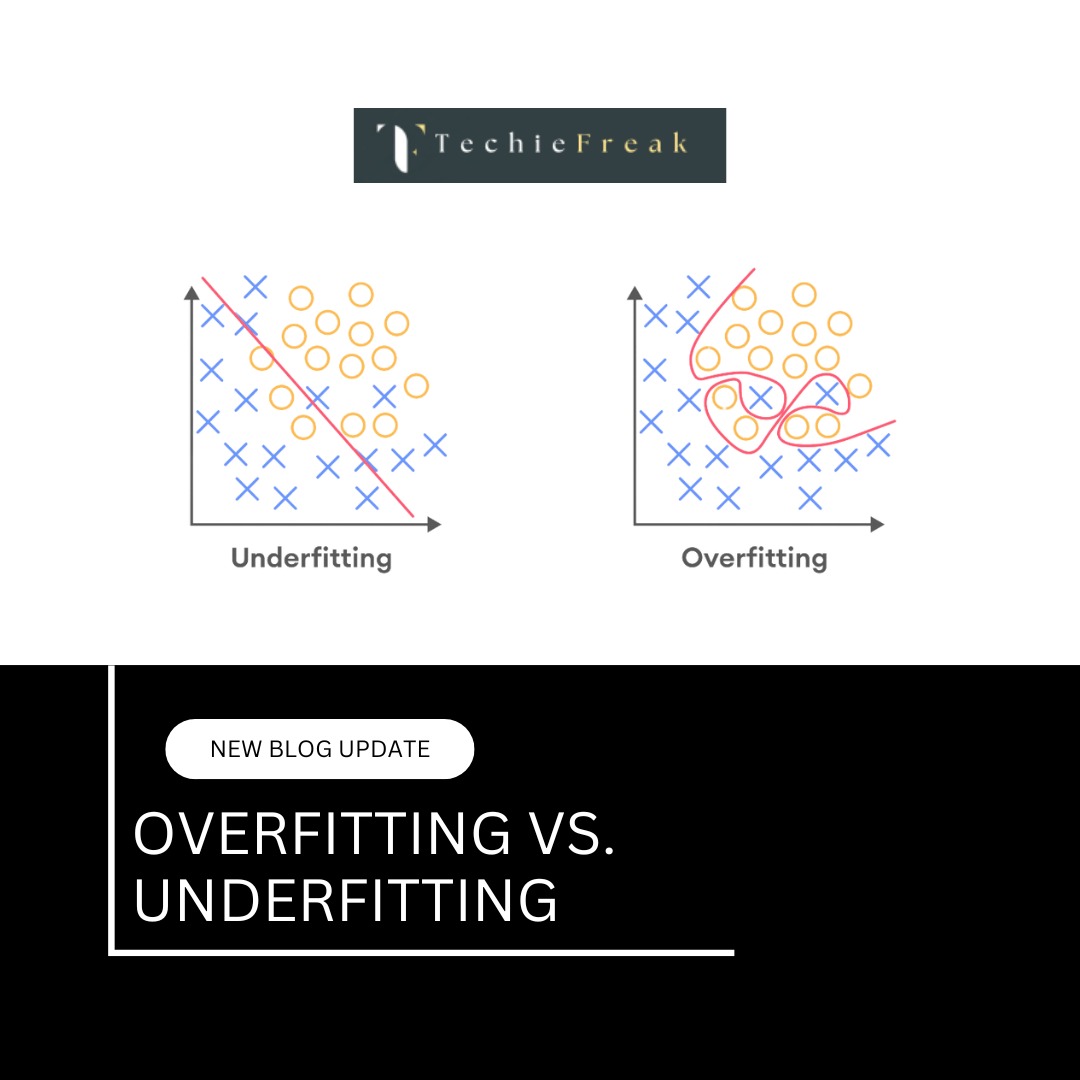
.png)
.png)
.png)
.png)
.png)
.png)
.png)
.png)
.png)
.png)
.png)
.png)
.png)
.png)
.png)
.png)
.png)
.png)
.png)
.png)
